Lower Crossed SyndromeLast blog we looked at Upper Crossed Syndrome, which looks at muscle imbalances in the neck chest & upper back. Although I see UCS in my clinic more often than Lower Crossed Syndrome, I do still see it. And I live with it – sometimes I am just a mess lol. It is important to note that lower crossed can cause upper crossed and vice versa We are all connected and inefficient posture and muscle imbalances are rarely isolated to one part of your body. Lower crossed syndrome involves weak glutes and abdominal muscles combined with tight hip flexors and lower back muscles. These imbalances cause your pelvis to tip forward causing and increased curve in your lumbar spine and your abdomen to pooch outwards. I think this imbalance is really becoming an issue with all of the sitting we have collectively done in the last 5 months. It has been popping up in the clinic more recently. So how can we correct the problem? Stretch
Strength
0 Comments
Upper Crossed SyndromeSeveral years ago, I stumbled across a series of articles that looked at postural imbalances in the neck/shoulder and hip areas. I was intrigued because I had never heard of the phrase upper crossed syndrome before. Very quickly into the series, it was like a light bulb went on and I realized that not only did it explain my own symptoms, but those of so many of my clients as well! And it changed how I approached treatment and home stretches for clients. What exactly is upper crossed syndrome? In a nutshell, it is an imbalance between weak and tight muscles. Weak muscles between your shoulder blades (rhomboids & lower traps); tight through upper chest (pecs) & front of shoulders (anterior deltoid); weak neck flexors (muscles along the front of your neck); and tight neck extensors (basically from the top of your shoulder blades up to the base of your skull). With upper crossed syndrome, you end up in a posture with your shoulders rounded forward and your head forward as well. Think about being pulled forward and down. It also makes maintaining good posture a challenge because the weak muscles can not counteract their tight counterparts, nor are they strong enough to hold neutral posture without fatiguing. (For more on efficient neutral posture click here) Now that we know what the problem is, what can we do about it? Most importantly you need to stretch the tight muscles and strengthen the weak (and keep doing it!) Then, in your massage treatment we work on addressing those same tight muscles and soothing the fatigued weak muscles. Once you start addressing the muscle imbalance, it is important to regularly check your posture. It is really easy to slide into old patterns & back into the round shoulder, head forward slouch. So, who’s ready for some more efficient posture?? Stretch
...for a more intense stretch, hit a doorway ...
Strength
PostureHands up … who has ever been told they have bad posture? Is your hand up? Because mine is, and I have to tell you, I’m not really a fan of my posture being judged as bad or good by anyone. Posture is defined as “the position in which someone holds their body when standing or sitting”. This definition doesn’t actually give us a start point to qualify good vs bad, it’s just a position. So maybe we need to look at posture as efficient or inefficient vs good or bad. Efficient posture, would be the ability to hold or move your body in a way that puts the least amount of strain on supporting muscles and ligaments; as well as the ability to move into and out of any position easily and without discomfort. Efficient posture is very dynamic, allowing for minor corrections and adjustments by core supporting muscles to create balance. Inefficient posture, would be the inability to move out of one posture into another (not being able to stand in tall neutral alignment from being hunched forward); also included in this would be the “it hurts to sit up straight” and discomfort or pain when moving into or out of a posture. Inefficient posture is often static, meaning that certain muscles don’t have to work at all to maintain the posture which in the long term means those muscles weaken. Inefficient posture comes from a combination of weak and tight muscles, and placing your body long term in positions of great load. Weak muscles simply don’t have the strength and endurance to hold against the pull of gravity and tight muscles restrict your range of motion and flexibility. We all fall victim to inefficient posture at one point or another, but the more time we spend in these positions, the harder it becomes to straighten up into a neutral posture and move without discomfort. So, what exactly does neutral posture look like? Standing, with your torso in a neutral position (neither flexed or extended), your ears sit above your shoulders, shoulders above hips; chin parallel to the ground; arms by your sides, palms facing thighs, shoulder blades retracted (flat against your ribs), elbows hanging just behind your midline; spine elongated, shoulders symmetrical, chest open; core muscles engage to form a natural corset; knees under hips, ankles under knees. Sitting is virtually the same until you get to the hips. Ears over shoulders, shoulders over hips; chin parallel to the floor; shoulder blades retracted back (flat against your ribs) so that elbows sit at your midline or just behind; pelvis in neutral alignment, tailbone tucked under, no anterior/forward tilt; weight evenly distributed on sits bones (ischial tuberosity); knees bent at slightly greater than 90o; ankles under knees, feet flat on floor. Remember, as soon as you shift forward or back you increase the work load on one set of muscles over another, which can lead to muscle fatigue and often pain or discomfort. Prolonged periods in these postures will ultimately lead to inefficient posture … some muscle groups having to over work to keep you upright, rather than all muscles working together in balance. Efficient posture can take a little work and practice in the beginning, (you will most definitely find muscles you had long forgotten about) but trust me when I say that the effort is entirely worth it! The first step is becoming more aware of what your posture actually looks and feels like. Second is regular posture checks. And the third step is correcting the muscles imbalances that prevent you from achieving truly efficient posture. *stay tuned for Postural Imbalances 1 and Postural Imbalances 2
|
Brien-anne RMT, CAI am passionate not only about Massage Therapy & Aromatherapy, but also living a holistic lifestyle and empowering & inspiring others to do the same! Categories
All
Archives
February 2023
|

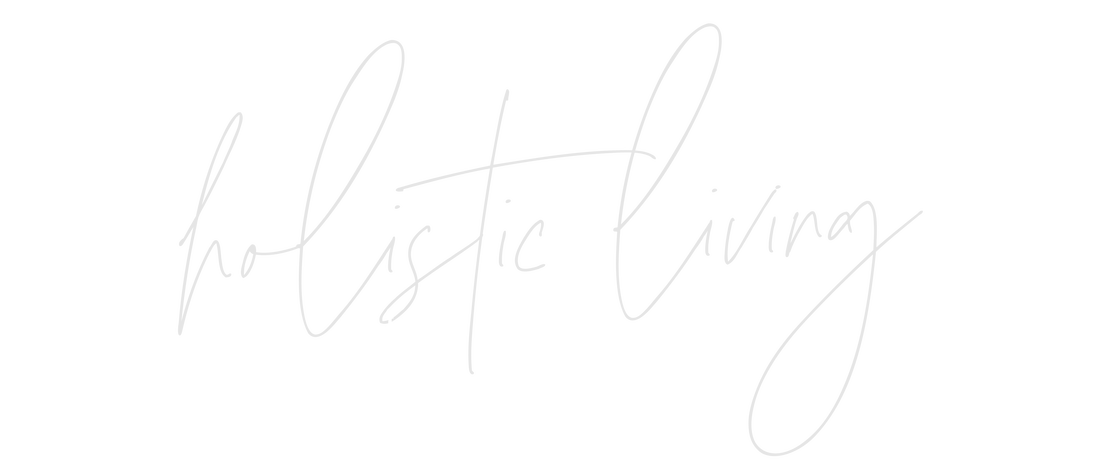
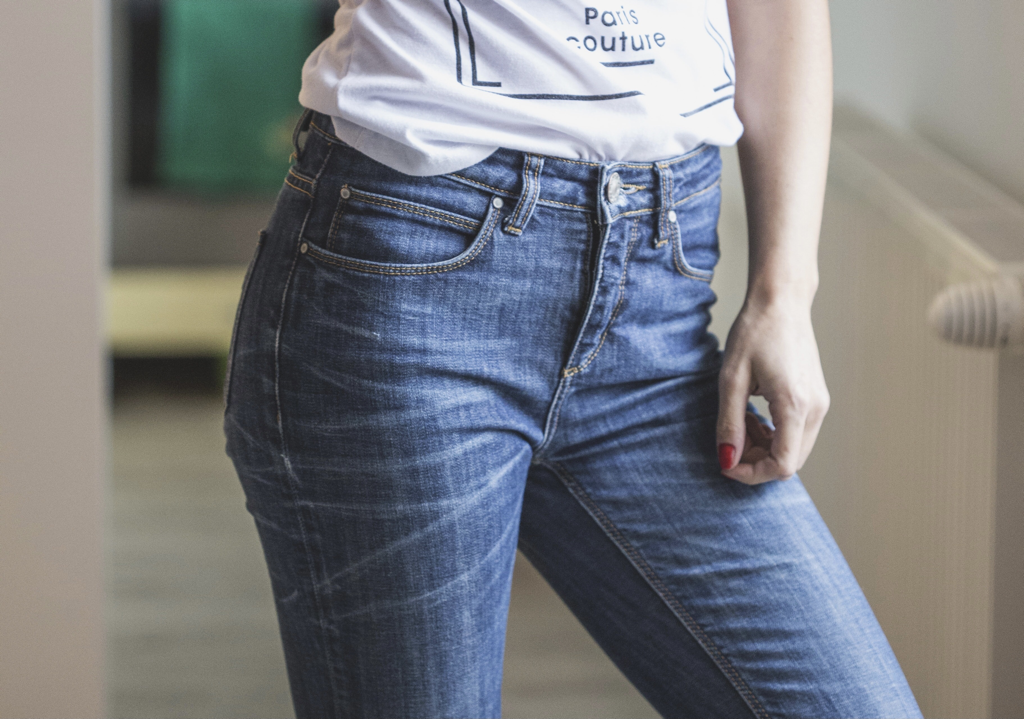
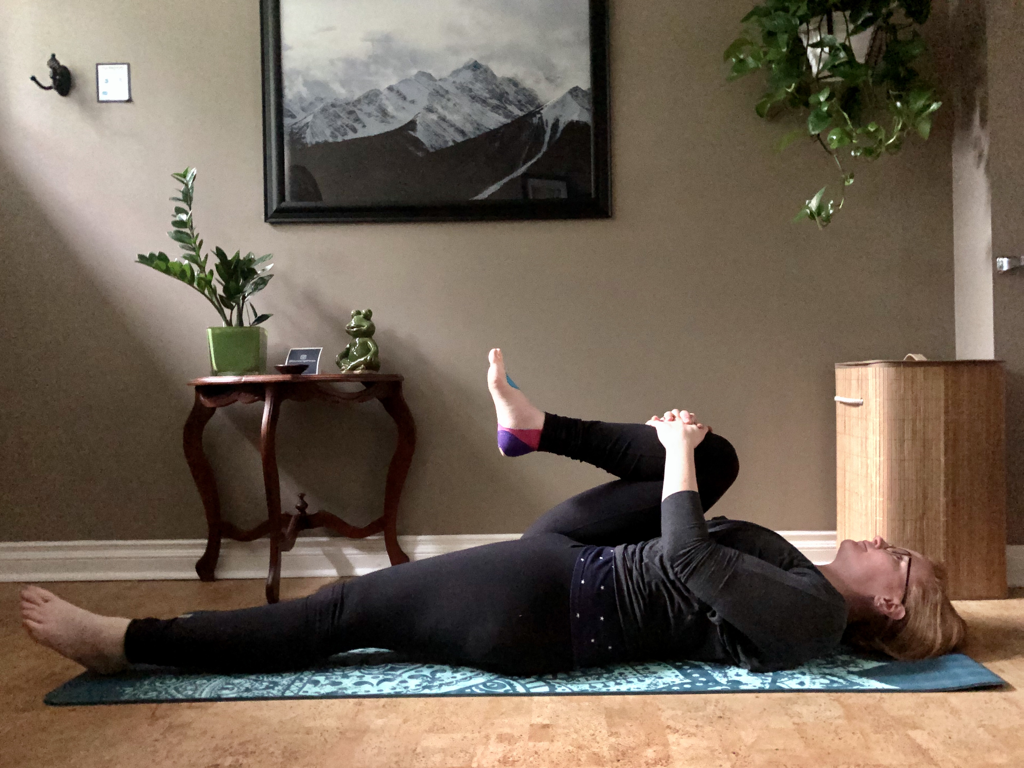
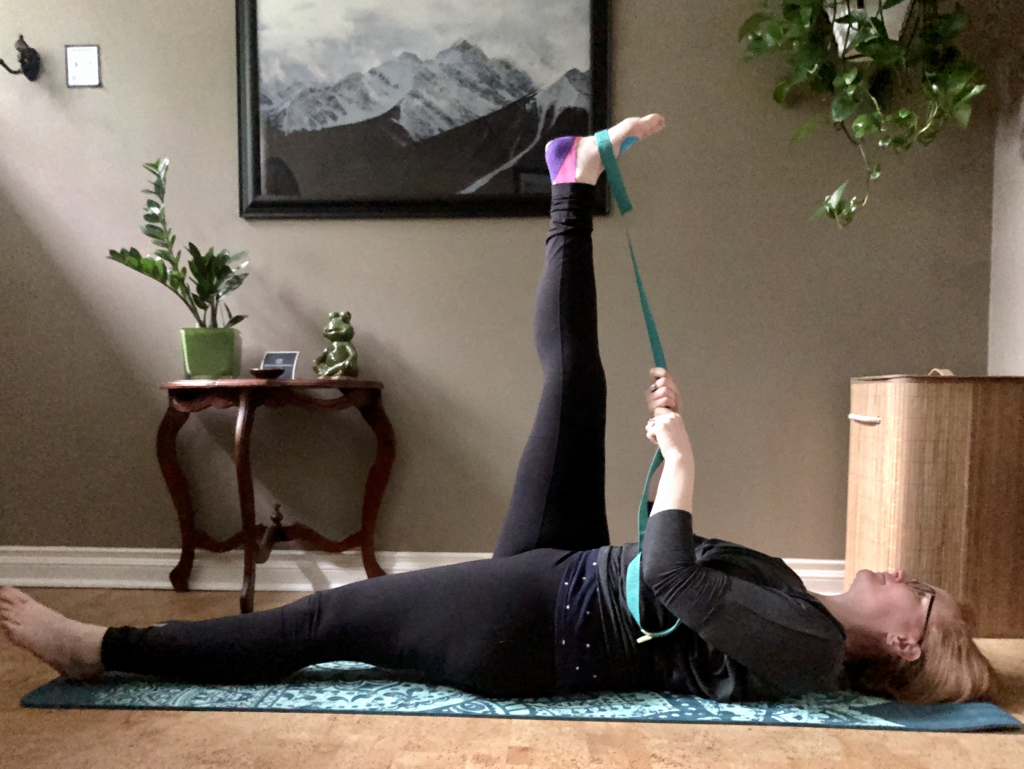
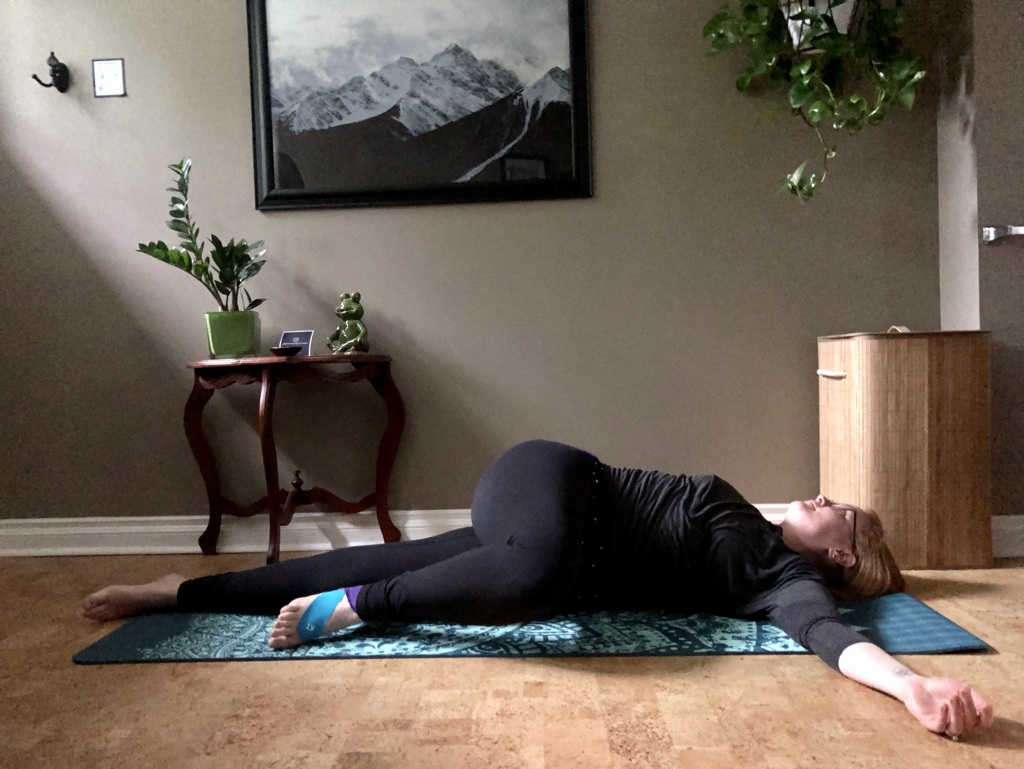
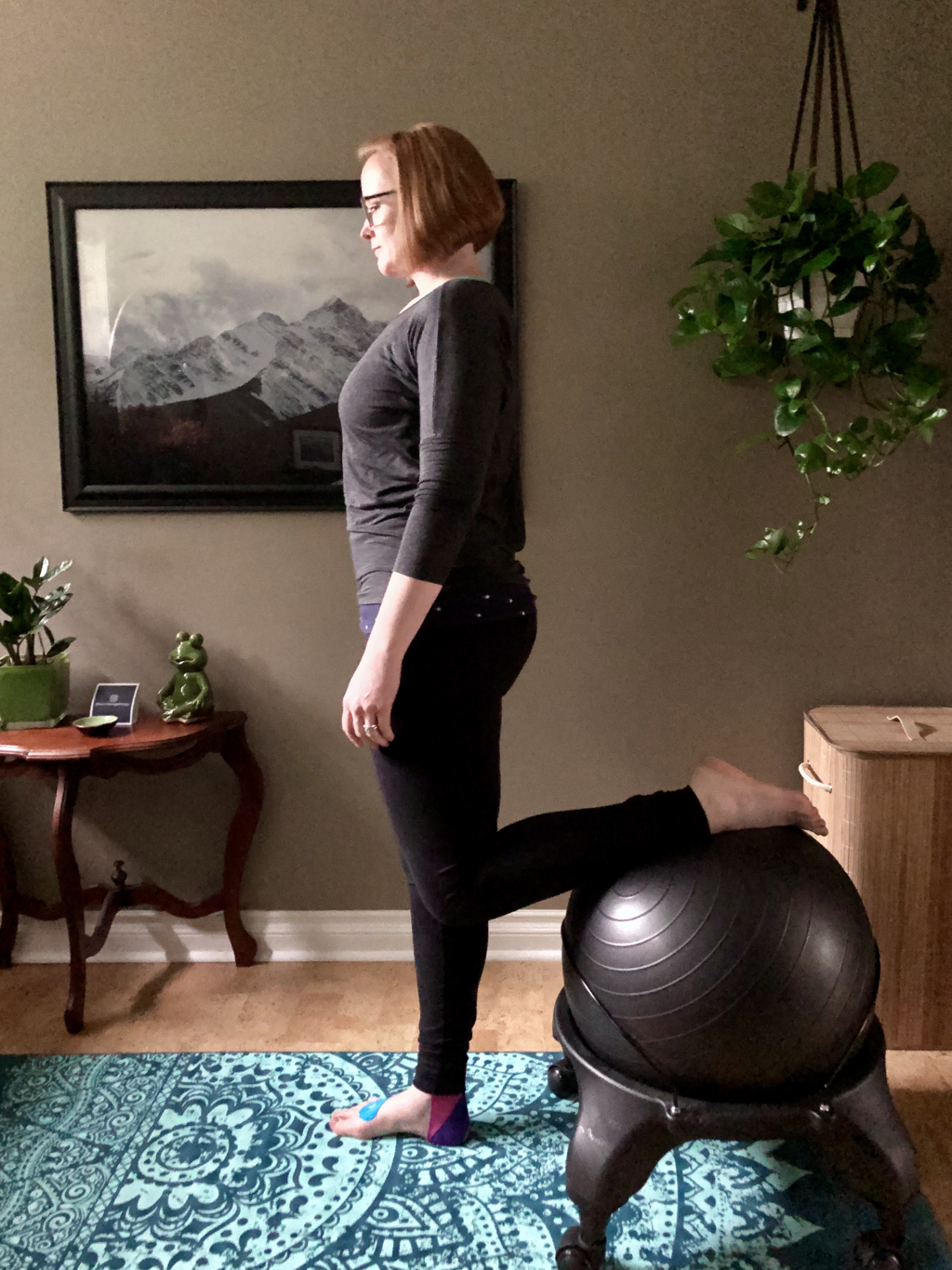
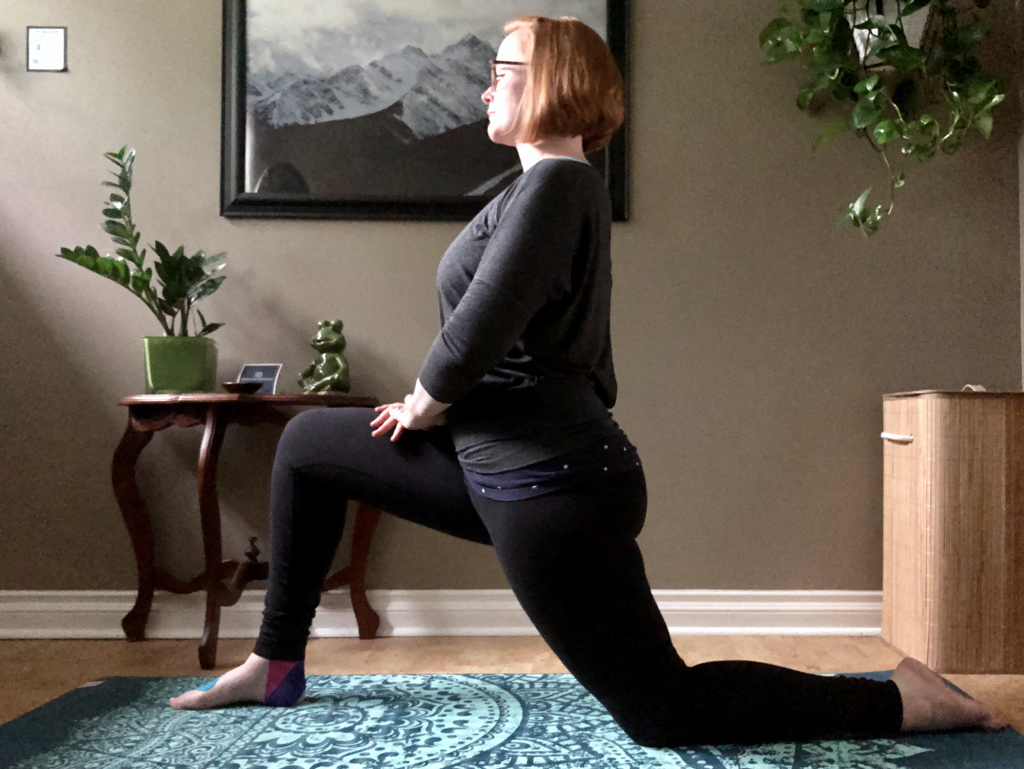
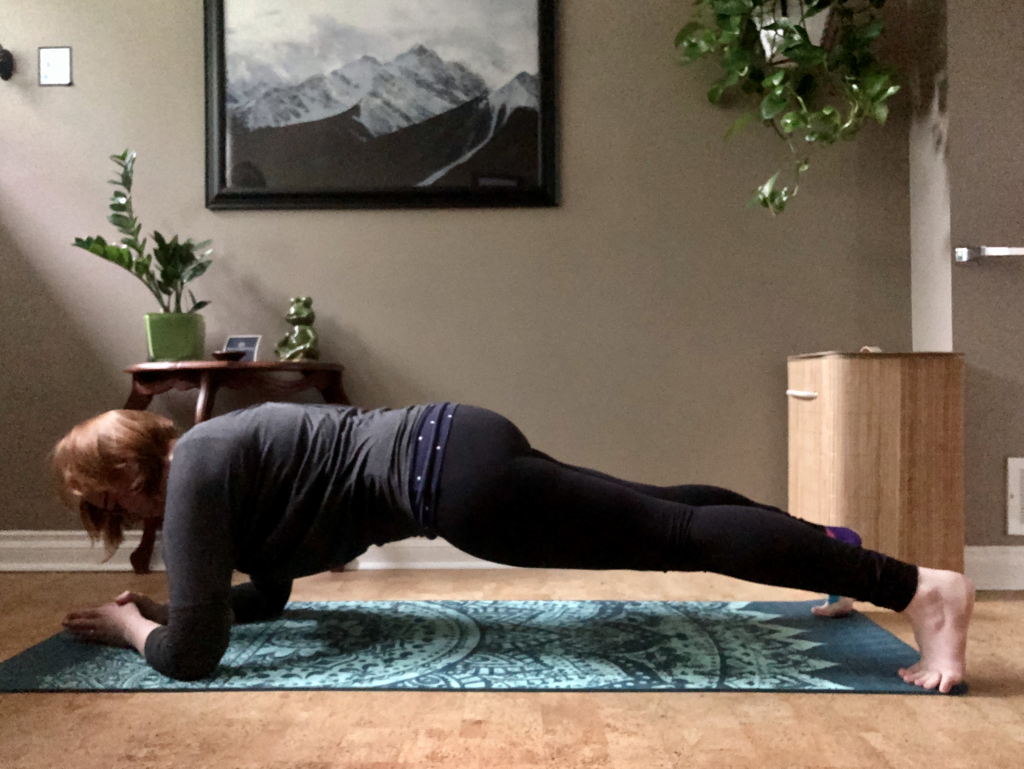
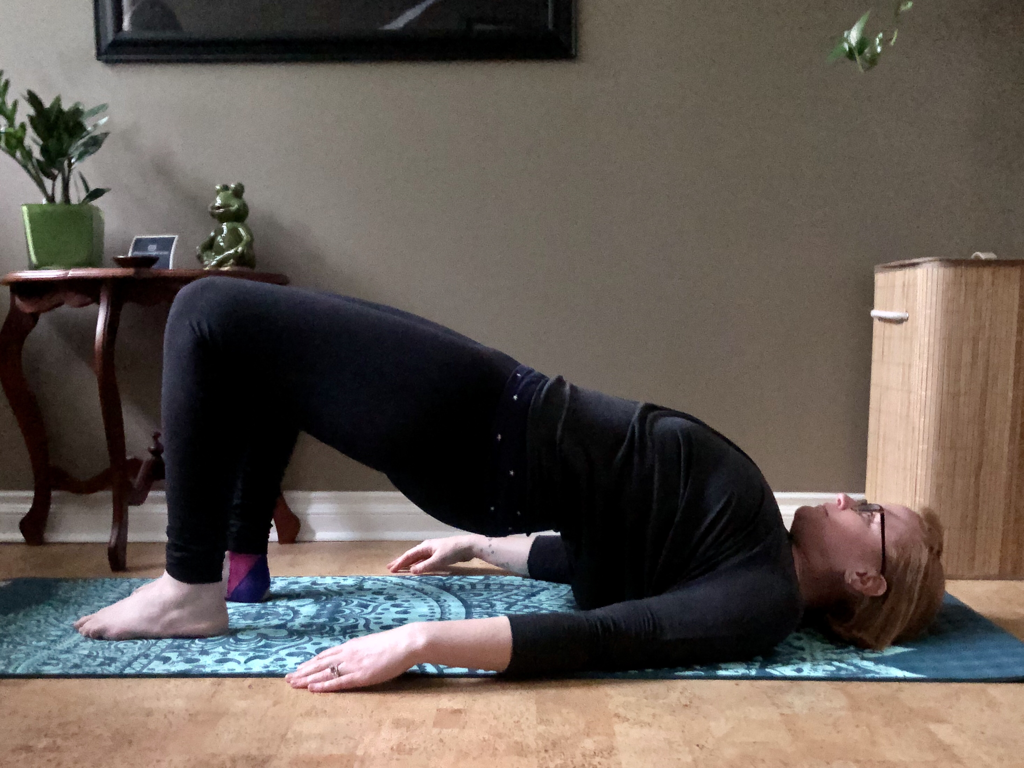

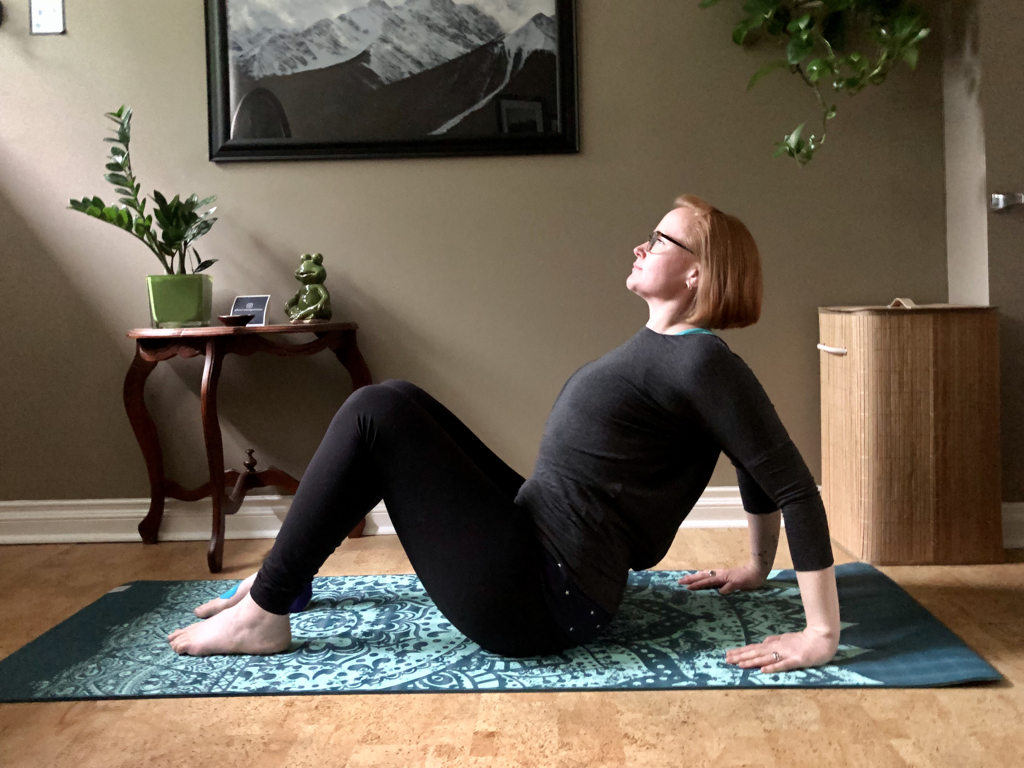
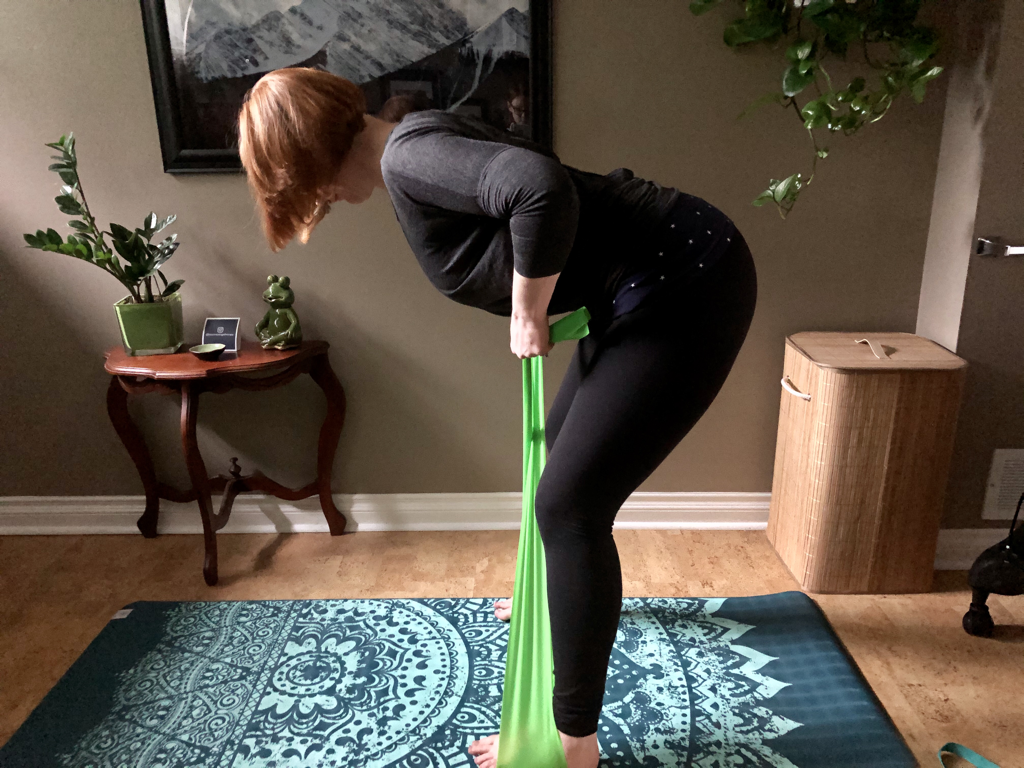

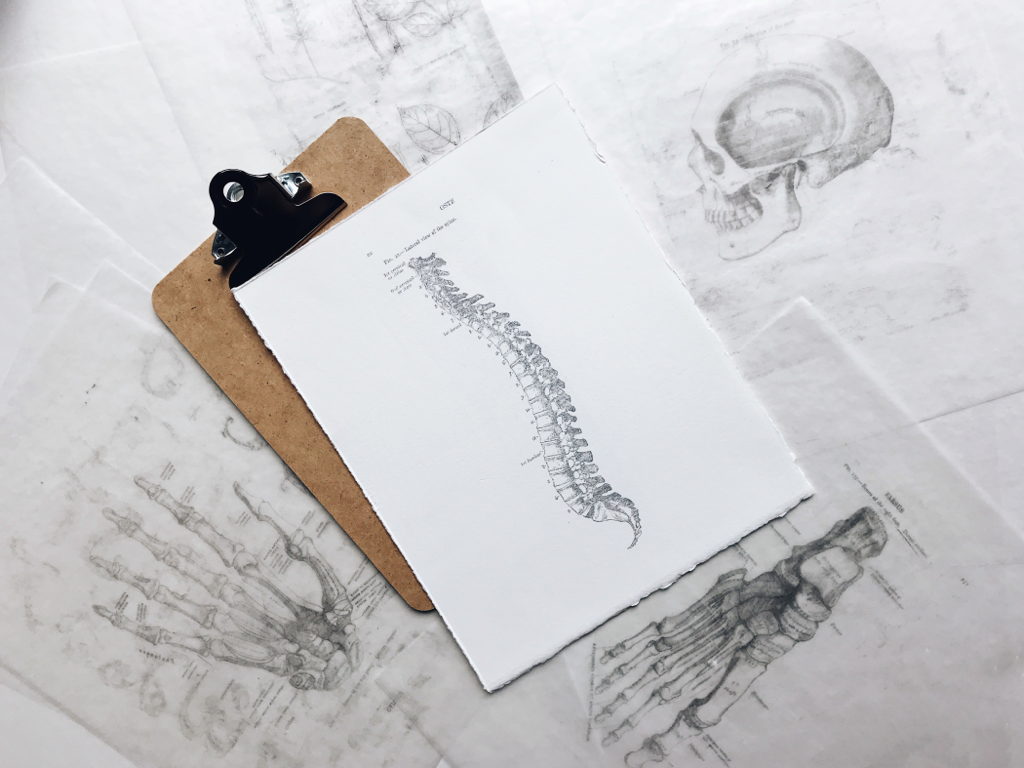
 RSS Feed
RSS Feed
